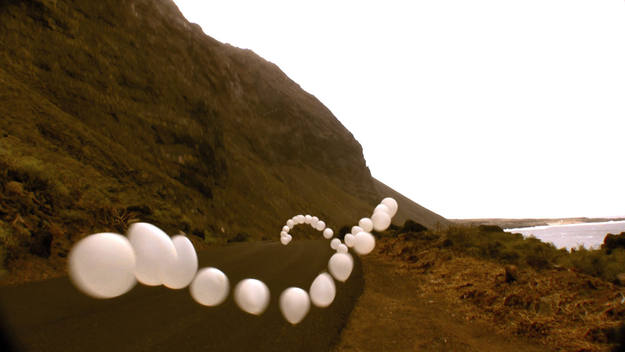


Bruce Nauman
Nature Morte
Nature Morte focuses on Nauman’s long relationship to his own studio, a variation on his four unique multi-projection videos, Mapping the Studio (2001). Three viewing stations, each consisting of an iPad linked to a wall-sized projection, provide an interactive exploration of the 3D studio space. Only now the artist is absent, and the participant becomes performer as he/she manipulates the large scale video projections on an iPad using touch control. The participant is free to navigate anywhere throughout the space, selecting broad vistas or individual objects. Using a hand-held 3D scanner, Nauman recorded hundreds of images that allow participants to select an object and locate close-up anything found there, and further reorient the image to see an object from above and below, and at times inside-out. The resulting mobility intensifies the experience of the viewer/performer. Presenting a static, but immersive re-creation of his studio space, Nauman’s pieces once again play at the tenuous lines between the body and space, perception and physical material.

Playmodes Studio
“Espills” is a solid light dynamic sculpture. Built using laser beams, laser scanners and robotic mirrors, it is inspired by crystalline formations. A set of geometric figures that float in the air and which suggest, in an abstract way, the transmutation of matter from chaos to order. Dust becoming crystal, being eroded and becoming sand again.
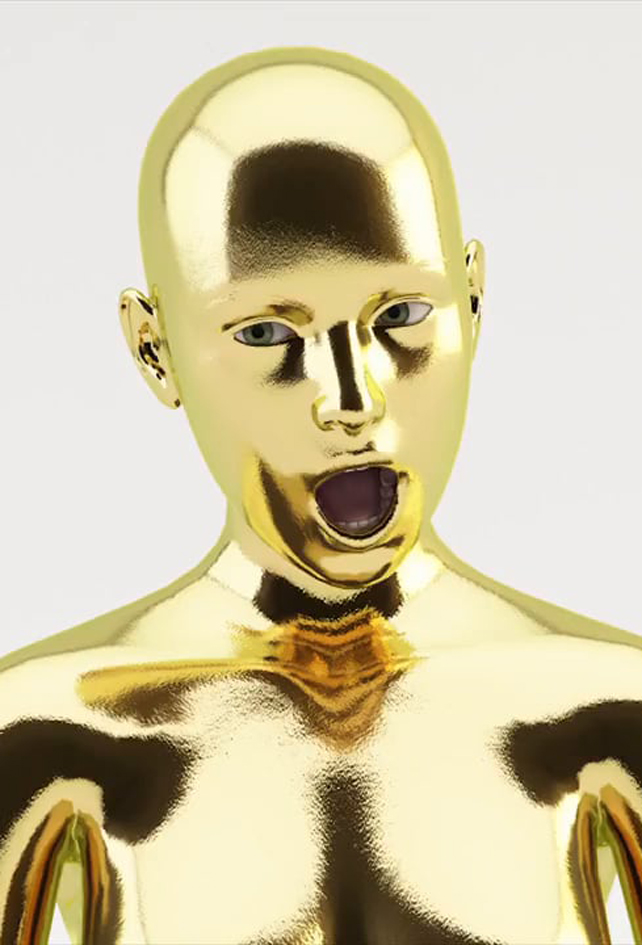
MIKE PELLETIER
МАЙК ПЕЛЛЕТЬЕ
Measured Gold
Der niederländische Künstler Mike Pelletier ist ein interaktiver Experte und digitaler Künstler. Er experimentiert mit neuen Möglichkeiten zur Verwendung von Microsoft Kinect und verwendet das Tool als 3D-Scanner. Dabei nutzt er die Ressourcen der Kamera, um unglaubliche mehrdimensionale Porträts zu erstellen. Durch Bewegen der Kinect-Kamera um das Objekt aktualisiert die Software die Daten ständig, um ein 3D-Modell zu erstellen. Nach einigen Minuten der Verfolgung kann ein sehr detailliertes Modell einer Person erhalten werden. „Mein Ziel war es, eine Skulptur zu schaffen, die ohne digitale Technologien nicht existieren könnte“, sagt der Künstler. Die Bilder werden auf Metallpapier gedruckt und hinter Plexiglas-Acryl montiert.

YING GAO
Possibili Domani
I due capi robotizzati sono collegati a un sistema di riconoscimento delle impronte digitali. Tuttavia, aggirando il concetto di sicurezza, si animano solo in presenza di estranei le cui impronte digitali non vengono riconosciute dallo scanner. L’estetica e il movimento di questi capi evocano ipotrocoidi, forme prese in prestito dal gioco vintage Spirograph: le loro curve appiattite sono disegnate da un unico punto legato a un cerchio mobile che rotola senza scivolare, sopra e all’interno di un cerchio iniziale. Questo progetto è stato sviluppato da una serie di algoritmi legati al regno del riconoscimento di pattern, o grafico a dispersione.
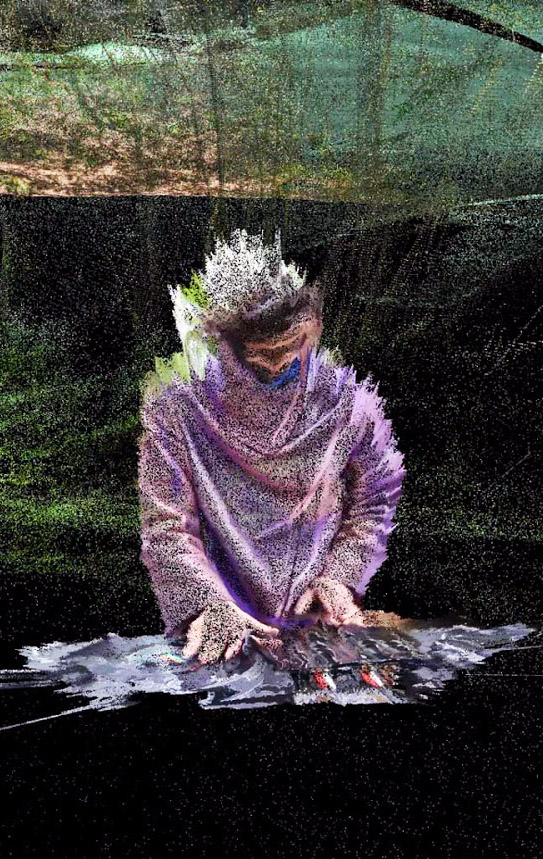
Liam Young
Where the City Can’t See
Directed by speculative architect Liam Young and written by fiction author Tim Maughan, ‘Where the City Can’t See’ is the world’s first narrative fiction film shot entirely with laser scanners, designed in collaboration with Alexey Marfin. The computer vision systems of driverless cars google maps, urban management systems and CCTV surveillance are now fundamentally reshaping urban experience and the cultures of our city. Set in the Chinese owned and controlled Detroit Economic Zone (DEZ) and shot using the same scanning technologies used in autonomous vehicles, we see this near future city through the eyes of the robots that manage it. Exploring the subcultures that emerge from these new technologies the film follows a group of young car factory workers across a single night, as they drift through the smart city point clouds in a driverless taxi, searching for a place they know exists but that the map doesn’t show.

Ziv Schneider
Watertight
Over the past 50 years, the number of people in the average household has fallen drastically. For the first time in Western world history, the one-person household has become a dominant mode of living. In Manhattan, more than half of all homes have one occupant. For Watertight, we documented 12 New Yorkers and their home interiors with a 3D scanner. We used the Skanect software’s “watertight” function and a 3D printer to create a series of miniature portraits—egg-shaped sculptures the size of a hand. The series of portraits offers a cross-section of a contemporary demographic phenomenon, a form of present-day archaeology.

KOHEI NAWA
كوهي ناوا
名和晃平
КОХЕЙ НАВА
stroke-yana
TRANS, the newest series of sculptures by the artist Kohei Nawa, was produced using techniques that involve the use of the computer and a 3D scanner. The artist scans people using a 3D scanner and then uses computer graphics to create works using the scanned data as a basis. Once with the scanned models, Kohei uses techniques such as texture mapping and smoothing to carve and apply reliefs to his digital models. When finalized, the 3d models are used to create molds for the final sculptures.

Agnes Meyer-Brandis
Cloud Core Scanner
Her current installation IN THE TROPOSPHERE LAB provides insights into the material produced under conditions distant from earth. The exhibition tells of the formation of clouds and shows conditions and combinations of art and science during zero gravity. With the exhibition by Agnes Meyer-Brandis, the project space of the Ernst Schering Foundation once again presents a contemporary art project that stimulates interdisciplinary debate and builds bridges to scientific research. The lab as a gravimetric document of the “Cloud Core Scanner” experiment shows a world alternating between controlled and bound-less states – artistic research in search of the reality level of constructions of the matter that surrounds us.
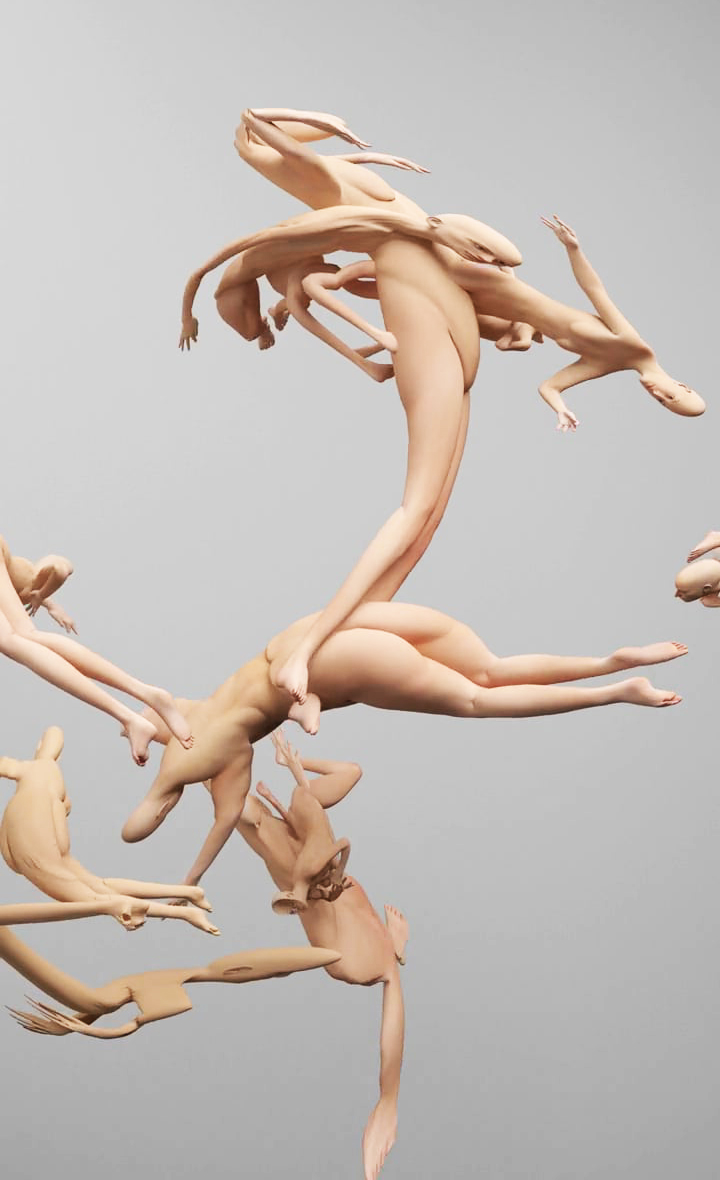
mike pelletier
МАЙК ПЕЛЛЕТЬЕ
Coordinated Movement
O artista holandês Mike Pelletier é um especialista interativo e artista digital. Experimentando novas maneiras de usar o Kinect, da Microsoft, ele usa a ferramenta como um scanner 3D, utilizando os recursos da câmera para criar incríveis portraits multi-dimensionais.
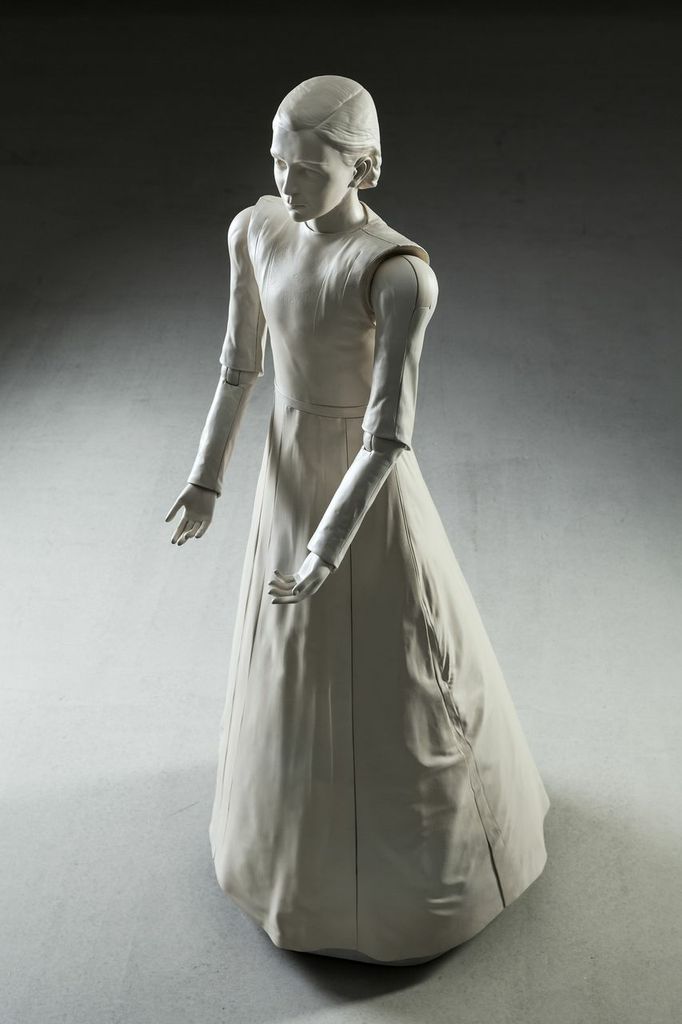
Mari Velonaki
Diamandini
Diamandini is a 155cm tall custom-made humanoid robot incorporating an omni-directional wheeled motion platform; cameras, laser scanners and computers for real-time tracking and installation control. The humanoid robot is being developed through a five year research project between Mari Velonaki and robotics scientists at the Centre for Social Robotics, Australian Centre for Field Robotics, the University of Sydney.

JULIANA CERQUEIRA
Digitalized Body
“Corpo Digitalizado” is a work that requires public participation and, therefore, addresses subjects related to contemporary understanding of the human body and its relation with the machine and how the body acts before it.
The artist proposes that the public stay inside a booth for a few seconds and donate a small part of their time and bodies to be digitized by a scanner.